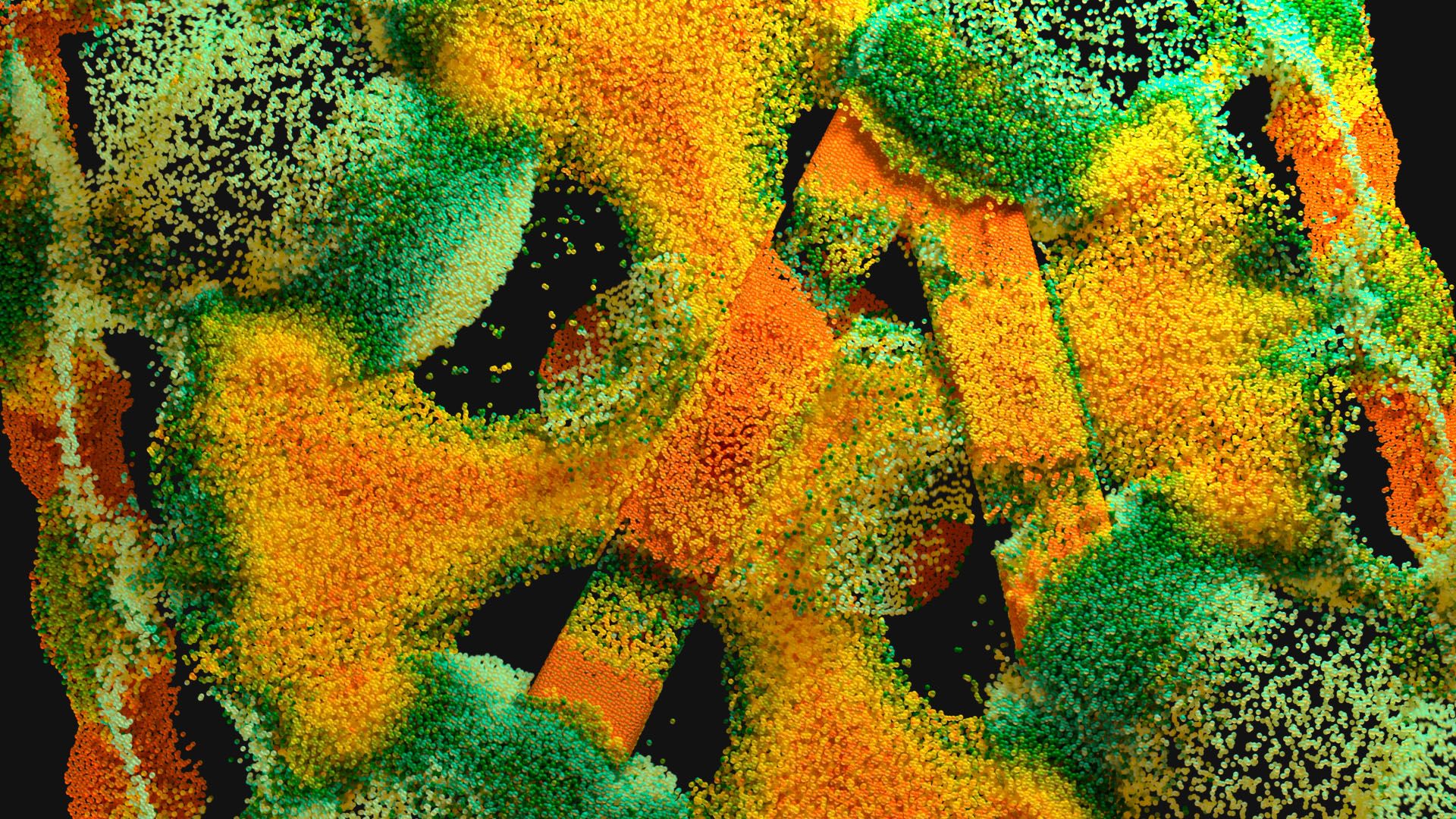5% Of All Desktop PCs in the US Are Now Running Linux

Linux is now the fourth most popular desktop operating system in America, according to the latest report from StatCounter. This comes at a time of record adoption for the niche OS, which has now surpassed 5% for the first time. This puts it firmly ahead of ChromeOS, which saw its market share almost cut in half between May and June.
Though Windows is by far the most popular desktop operating system in the US with over 63% of the market, it’s not a monolith. OS X is still plenty popular with over 16.5% of all desktop systems, and macOS has nearly an 8% share of the market. Now we’re seeing a Linux surge, which may well have come (at least in part) from how well it seems to operate as an alternative platform for gaming.
Although that’s a recent driver of new adoption, the uptick trend for Linux has been a long one. Fans have long advocated for it as an alternative to Windows, particularly for those who are technologically minded and like to have a firmer grasp on how their operating system runs.

Credit: StatCounter
But it’s probably not fans’ persuasive arguments that are winning over Linux converts. As TechSpot highlights, dissatisfaction with Microsoft and its Windows operating system are likely some of the top reasons for Linux’s growing popularity. The sunsetting of Windows 10 in the coming year provides an excellent opportunity for those less interested in Windows 11 (or even what comes after) to try out alternative operating systems, like the many Linux distro options.
The fact that we’ve seen ChromeOS support decline at the same time may suggest that those with leaner systems (meaning computers less capable of handling the hardware specifications of the latest Windows and macOS versions) may be looking elsewhere for more lightweight operating systems. Linux is famous for being able to offer a more bare metal approach to operating systems, which may be attractive for some low-spec desktop users.
Despite that reputation, though, Linux has also become easier to use in recent years. Distributions like Ubuntu and Linux Mint are far more user friendly than their predecessors and make the process of learning how to use Linux a much gentler introduction than distros of the past.
This trend of increased adoption is only accelerating. While it took Linux eight years to reach just 1% of the market in 2021, it’s now captured an additional 4% (of a much larger market) in just four years. Perhaps we’ll see it reach 10% in the next couple years—although I have a feeling that those next few milestones may be a harder capture than the ones that came before.
link





